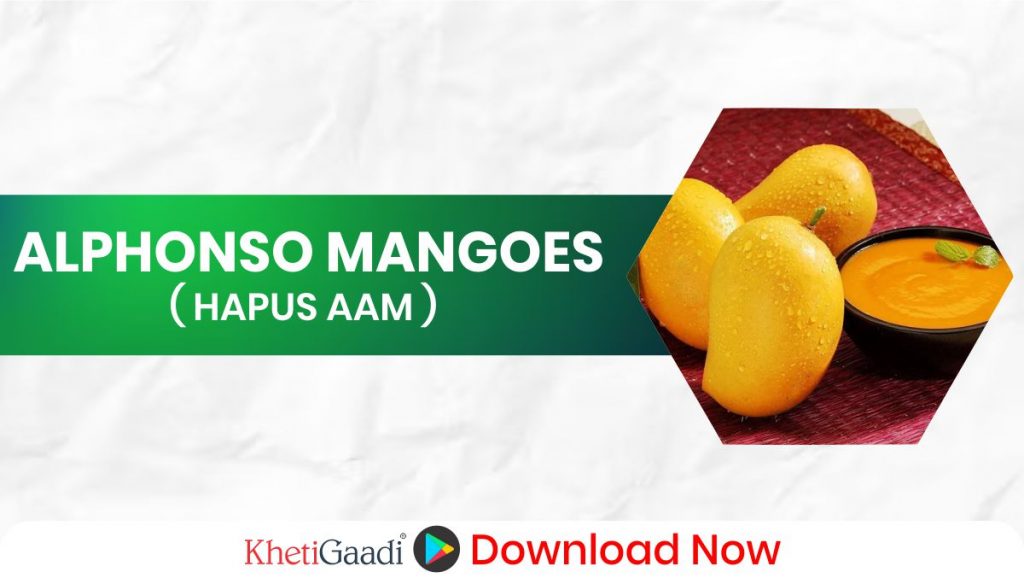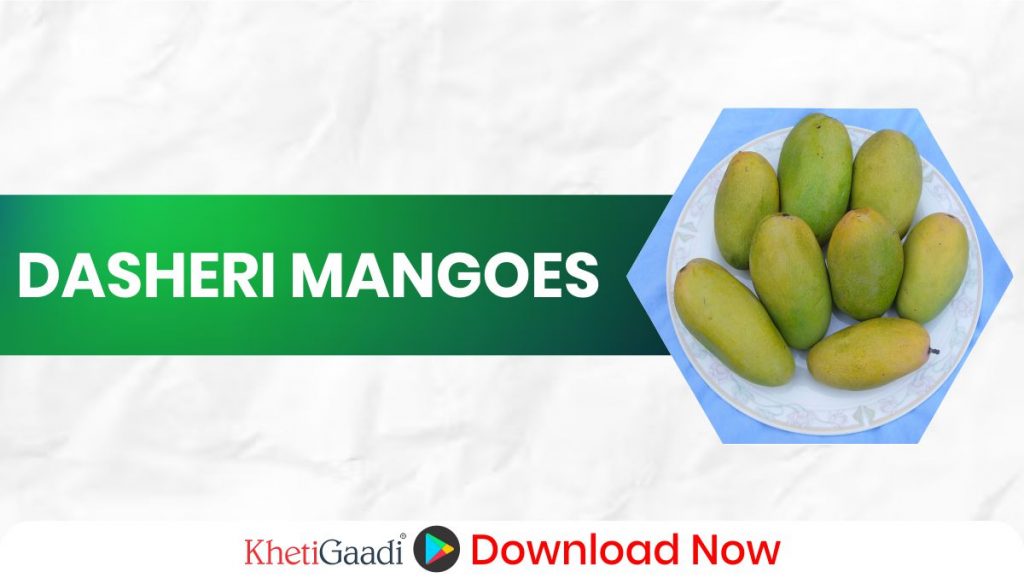Discover the Best Mango Varieties in India: Tips for Successful Cultivation
What is mango farming?
In India, mango is a fruit that is a symbol of the love of our hearts; it is considered an act of friendship. In India, mango farming is among the top commercial farming. The mango is the king of fruits because it is a rich source of vitamins A & C and also has a good aroma and taste. The mango tree is also resilient and less demanding than many other fruit plants. Mango is a fruit in India that is considered to be a sign of brotherhood and friendship and also is the symbol of love of heart. Therefore, it is the yummiest fruit in the whole world not only due to taste but health reasons too.
The mango is the most prevalent fruit on the land. They are the succulent, sweet-scented fruit of a tropical evergreen tree (Mangifera indica), one of the members of the cashew family (Anacardiaceae) of blooming plants.
Mango is a drupe, with an external skin, a thick, meaty, and pulpy palatable part, and a focal stone that keeps a solitary seed enclosed—an organic product, much the same as a plum, cherry, or peach.
India is the world’s largest mango producer, followed by China and Thailand, with total production over 20 million metric tons. In India, major producers include Andhra Pradesh, Uttar Pradesh, Karnataka, Bihar, Gujarat, and Tamil Nadu. That’s why we are here for you with all the information about mango farming in India.
What Is Special About Mango?
Are mangoes healthy?
It is the best source of vitamins A and C, low in calories, and high in fiber; moreover, it includes iron, calcium, zinc, and vitamin E.
Why is it famous?
Mango is a juicy and pulpy fruit, which is really known as the king of fruits. There are so many varieties of pigeon, all with different taste, color, and size.
History Of Mango Farming
The mango is a fruit whose origin dates back to India several thousand years ago. It is also an ancient sacred fruit and spread slowly across the world.
The “Common Mango” or “Indian Mango” got its name from its native land in south Asia. Mango will grow into one of the fruits widely grown in the world. It is considered to be the national fruit of India and Pakistan.
When we are speaking about mythology, there are several stories of mangoes. Because mango is well praised by our great Indian poet Kalidasa, the great Mughal king, and many more.
Cultivation Of Mango
Mangoes grow best in deep, salubrious, sandy loam soils, but heavy black cotton and alkaline soil should be ignored or avoided. Mango cultivation should have a soil pH of 5.5 to 7.5. Its planting in the rainy area is done in the months of July and August, and it should be irrigated in February and March.
In addition, this kind of farming requires a temperature of 22°C–27°C to give optimum results. Rainfall between 50 and 80 mm is good for mango. The temperature during the sowing of the seed must be between 20°C and 22°C. The mango harvesting must be done at the temperature between 28°C and 30°C.
The land should be ploughed and cross-plowed and then leveled. And manage the field in a way that prevents water from accumulating. If leveling is completed, apply one deep plowing and make blocks & arrange your field.
How to plant?
- At the center of the dig, along with the soil, e.g., join plants with other plants by planting the sticks.
- This union of the plants is 15 cm above ground level.
- Then, they need to be watered immediately upon planting.
- They require assistance to keep them growing straight.
Irrigation For Mango Plants
Young mango plants should be watered regularly to promote good growth. Apply irrigation at intervals of 10-15 days from fruit set to maturity to enhance the yield.
Harvesting Of Mango
Mangoes are mostly harvested at a mature and physically ripe stage and ripened to a desirable quality. Fruits can be harvested by hand or by a harvesting machine. During harvesting, latex flows down the skin of the fruit from the fruit separation point, which results in a shabby look of the fruit during storage.
Exciting Facts About Mangoes
- All of us are quite familiar with mangoes. But you must have heard of these interesting facts, which we are going to tell below.
- Do you know how many varieties of mango there are? There are a total of 500 varieties of mango fruit; you will be surprised to hear this.
- It is a national fruit of 3 countries, not only India.
- People eat more mango than any other fruit in the whole world; that is why mango is the most loved fruit.
- Fun Fact: Bangladesh declared the mango tree as its national tree.
Best Mango Varieties in India
When it comes to juicy and succulent mangoes, there is simply no rival to the summer season. With the health advantages of mangoes, it always becomes part of human life in that country. Mango Season Mango-lovers are always on the go & eager to try out the benefits of various mangoes, the king of fruits. Because mango contains good and healthy nutrients. So, why wait? Let’s go explore.
1. Alphonso Mangoes ( Hapus Aam)—Ratnagiri, Maharashtra

Mid-July: Alphonsoes are Available. They’re beloved around the world for their sunny yellow and fragrant looks and irresistible flavor. It is known as Hapus Aam. Maharashtra and closely situated areas like Ratnagiri are considered the most exclusive mango lover areas, generally famed for Alphonso mango.
2. Kesar Mangoes, Junagadh, Gujarat

Kesar mangoes owe their name as a tribute for their saffron appearance and captivating taste. Girnar Hills of Junagarh is famous for its uniquely sweet mango taste, and it is known as the “Queen of Mangoes. Gujarat and the adjoining area pride themselves on the Kesar mango. They are in season from May to July and are used as an ingredient for great and exotic dishes.
3. Dasheri Mangoes—Lucknow and Malihabad, UP

Dasheri mangoes are considered royal mangoes and are quite well known to come from the land of Nawabs, Lucknow. This town is famous for its mangoes in North India. They are in season from mid-May to late August. Dasheri mangoes easily grow different varieties of mangoes in India due to their wholesome taste.
4. Safeda mangoes, Andhra Pradesh

Safeda, or Benishan mango, is one of the most popular mango varieties in different regions of Andhra Pradesh, especially in Banganpalle. Also known as ‘The King of Mangoes in South India’. This variety is much larger than other varieties of mangoes, considering it is widely available in the market during midseason. Its average weight is around 350–400 grams. The skin is thin and subtle, sweet in type. In addition, Safeda Mango is high in vitamins A and C; thus, it is beneficial for health.
5. Langra Mangoes, Varanasi, Uttar Pradesh

Langra Mango: The Langra mango is native to Langra town in Varanasi, making it famous for its U00a0Langra variant of mangoes. The natives of these mangoes can easily tell a story—a farmer who made this kind of mango. June- July is the season for Banarasi Langra mangoes, which are highly admired for their lemon-yellow skin and mouth-watering taste.
These are a few of the types of mangoes there, apart from many more.
Uses Of Mangoes
That is why there are many mango lovers who eagerly await the mango season, as there are numerous methods to use mangoes. Here are a few recipes for mangoes for all of you.
- Mango Kulfi: This is an easy and fast recipe that has milk, cream, and our most favorite delicious mango.
- Aamras recipe: This dish is simple to make and is a popular Indian dessert. Generally, aamras is made with Alphonso mango.
- Mango Icecream: A Quick and Easy Mango Ice cream (3 ingredients) Creamy, soft, and yummy mango ice cream can be made with only 3 ingredients: mango, fresh cream, honey, or sugar.
- Mango Shrikhand: A syrup-based sweet dish popularly made with ripe mangoes over the milk-based common yogurt.
- Mango Papad (Aam Papad): This is the sweetest, sourest, easiest 3-ingredient recipe you will ever try. It comes in various categories all over India with varied shape, taste, appearances, and qualities.
This is the type of mangoes; we are hoping that you get all the details information about the mango farming and their uses. To get detailed information about mango farming technologies and more, please visit KHETIGAADI.
Stay connected to the KhetiGaadi WhatsApp channel and get the latest updates on farming innovations and government schemes. Visit KhetiGaadi for more information and guidance.
Contact Khetigaadi for guidance and updates on agriculture schemes for farmers:
Phone: 07875114466
Email: connect@khetigaadi.com




